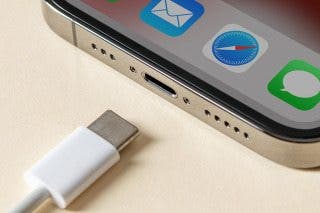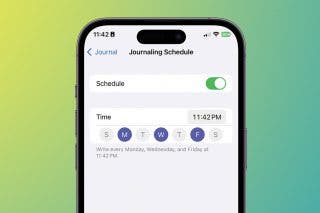Apple's New iPad Pros Have Full-Screen Displays, Face ID, USB-C, Updated Apple Pencil


Having already won the tablet wars, Apple could have simply refreshed its tablet line with a faster processor (it did), more storage (up to a terabyte) and a nicer display (you guessed it). While it certainly fulfilled this baseline expectation, Apple pushed the boundaries of tablet computing further today with the announcement of its new iPad Pro. Let's take a look at the most notable new features this next generation of the iPad has to offer.
Larger Displays
The most immediate physical change in the iPad Pro is less bezel and more screen. The 120 Hz refresh "Liquid Retina" display consumes nearly all of the surface, with just a minor mounting bezel holding the screen in place. In fact, the largest iPad Pro is now 15 percent thinner and has 25 percent less volume than the original 12.9-inch iPad Pro. Apple says the larger iPad Pro is now about the same size as an 8x11-inch piece of paper. The smaller iPad Pro has the same size body, but the display size has increased from 10.5 inches to 11 inches.
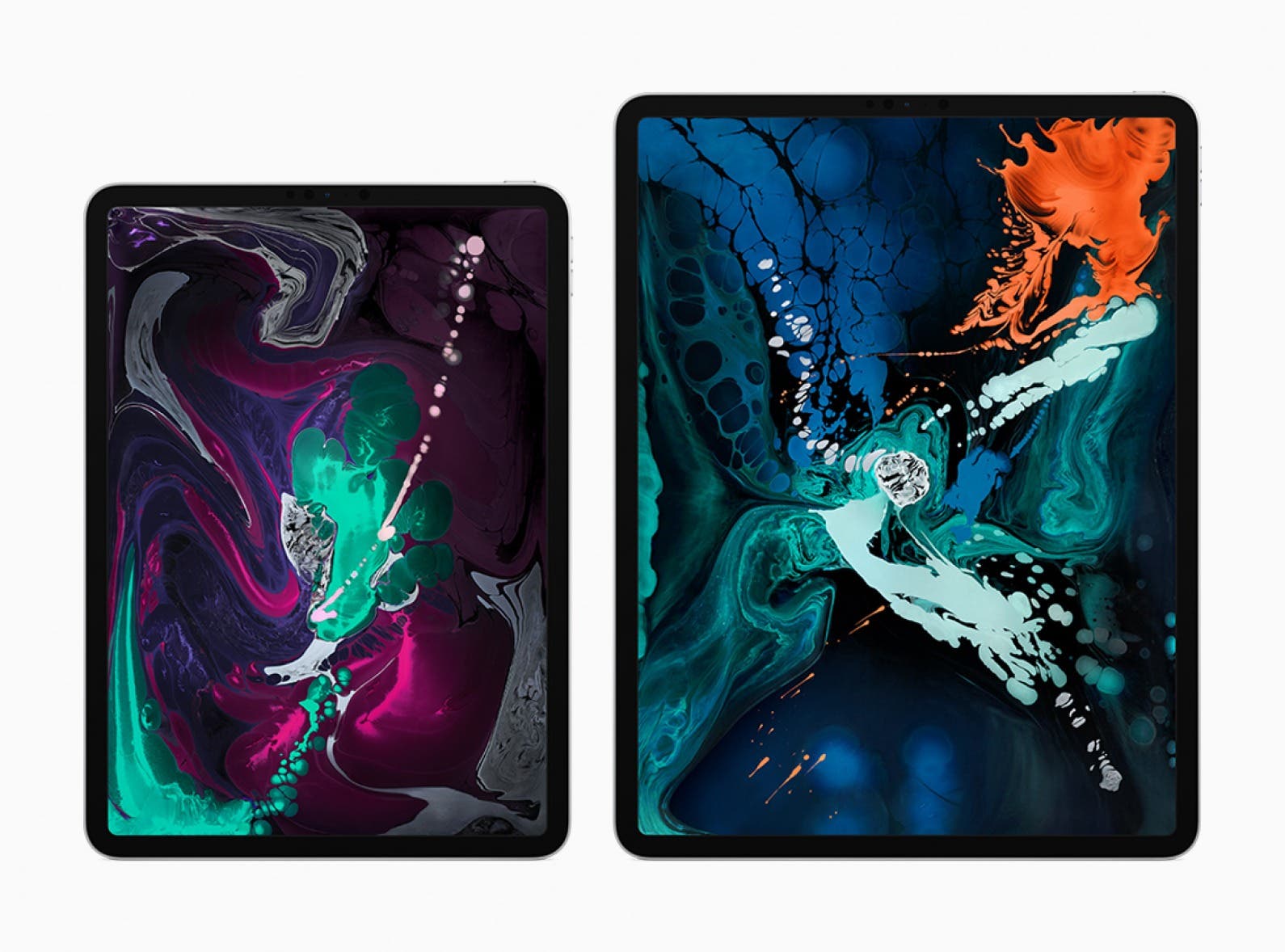
New Apple Pencil
The Apple Pencil has also been redesigned to be magnetic, allowing it to adhere to any side of the iPad Pro. When attached, the new pencil will automatically recharge itself wirelessly. Unlike the older Apple Pencil, the new one pairs automatically instead of needing to be plugged in to the iPad.
Unfortunately, this new Apple Pencil is incompatible with the older iPads due to its wireless charging and the new electronics driving the stylus's tap-to-interact behavior. This shouldn't come as a surprise considering how Apple is using its hardware platform to pursued creative professionals to replace their earlier iPad Pros with the latest model.
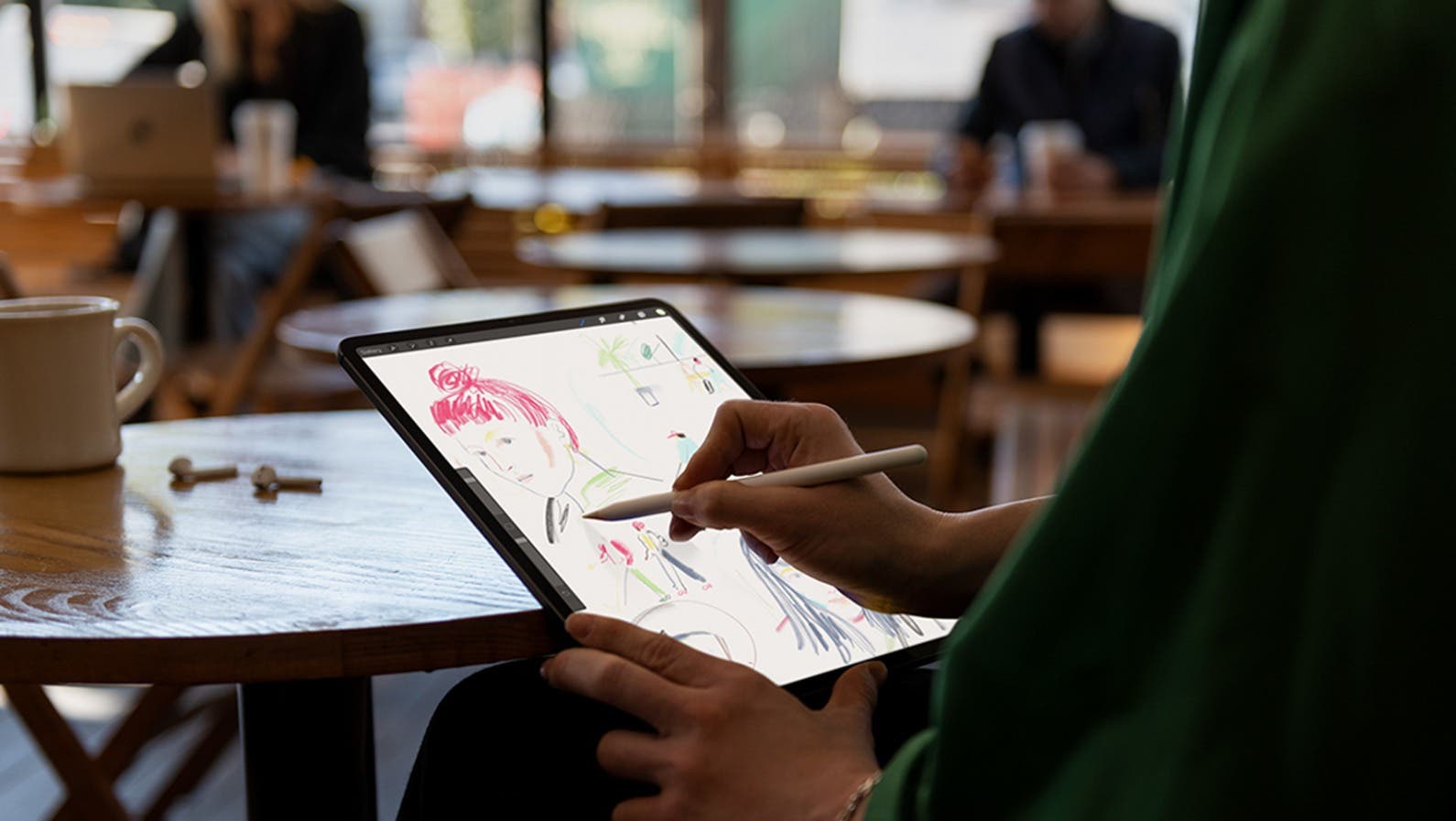
Face ID Comes to the iPad Pro
Even nicer is the fact that Apple was able to embed the Face ID cameras in the thin bezel, making this high-resolution selfie and secure sign-in feature notch free. And unlike on the iPhone, Face ID on the new iPad Pro can also be used in any orientation. Hopefully the next generation iPhone will benefit from this notch-free, orientation-independent design choice.
More Powerful with Better Graphics
Apple demonstrated the power of the A12X bionic chip now in the iPad Pro, making it faster than even high-end PC laptops (demonstrated with AutoCAD and an AR-capable Adobe Photoshop coming to the iPad). And Apple made a point of emphasizing that the graphics performance on the iPad Pro matches that of Microsoft's Xbox One as was demonstrated with the upcoming NBA 2K Mobile game.
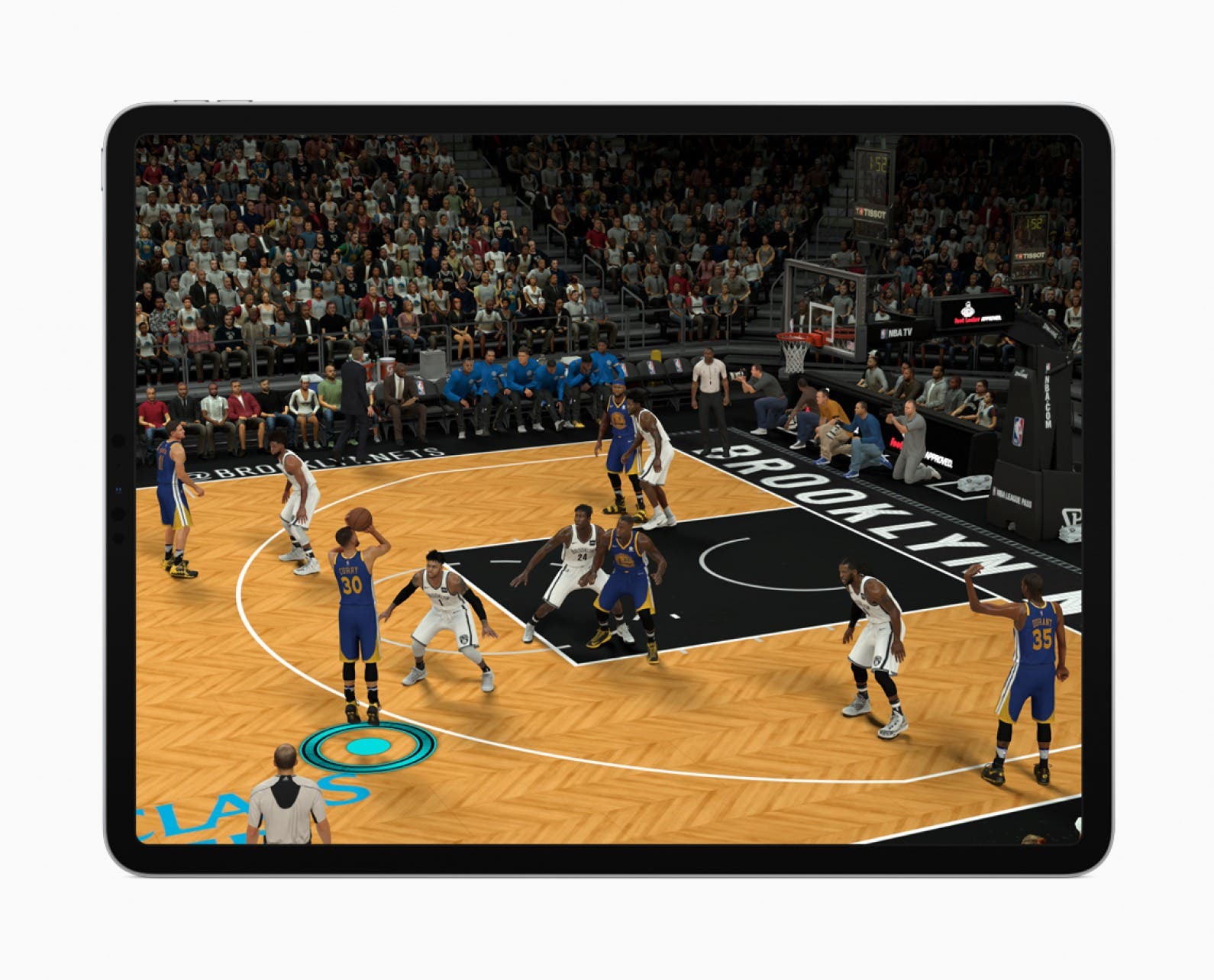
Goodbye, Lightning; Hello, External Displays
One new feature that has been long expected and finally delivered on is the replacement of the Lightning data port with the industry-standard USB-C port. This greatly expands the possibilities of devices connecting to the iPad, from external displays and power chargers to storage devices and cameras. In fact, this new port can even be used to charge the battery of an iPhone. It will be interesting to see how many different types of USB-C cables and power adapters will work with the new iPad Pros given the somewhat nebulous power standard that USB-C delivers. Of course, this means that all those old lightning-port-specific accessories are obsolete, just like when Apple switched from the original 32-pin iPad data/power port years ago. Oh, and one other port change on the iPad Pro is the omission of a headphone jack. Say goodbye to all those expensive wired headphones you used on the old iPads. It's time for wireless headsets to step up their audio game to match the fidelity of what high-end wired headsets can deliver.
Group FaceTime Arrives with iOS 12.1
Announced alongside the new hardware, Apple also fulfilled its earlier promise of Group FaceTime party line support. Now capable of hosting up to 32 simultaneous participants in a video chat, Group FaceTime rightfully captured substantial interest when it was announced during the iOS 12 keynote. Initially demonstrated on an iPhone, this multi-user videoconferencing capability looks and performs more comfortably on a tablet with more screen real estate and touch surface area. The new FaceTime might not take on the cross-platform multi-user party chat platforms like Discord, Zoom or even Google Hangouts anytime soon, but it will almost certainly become the default multi-user videoconferencing solution among existing FaceTime users.
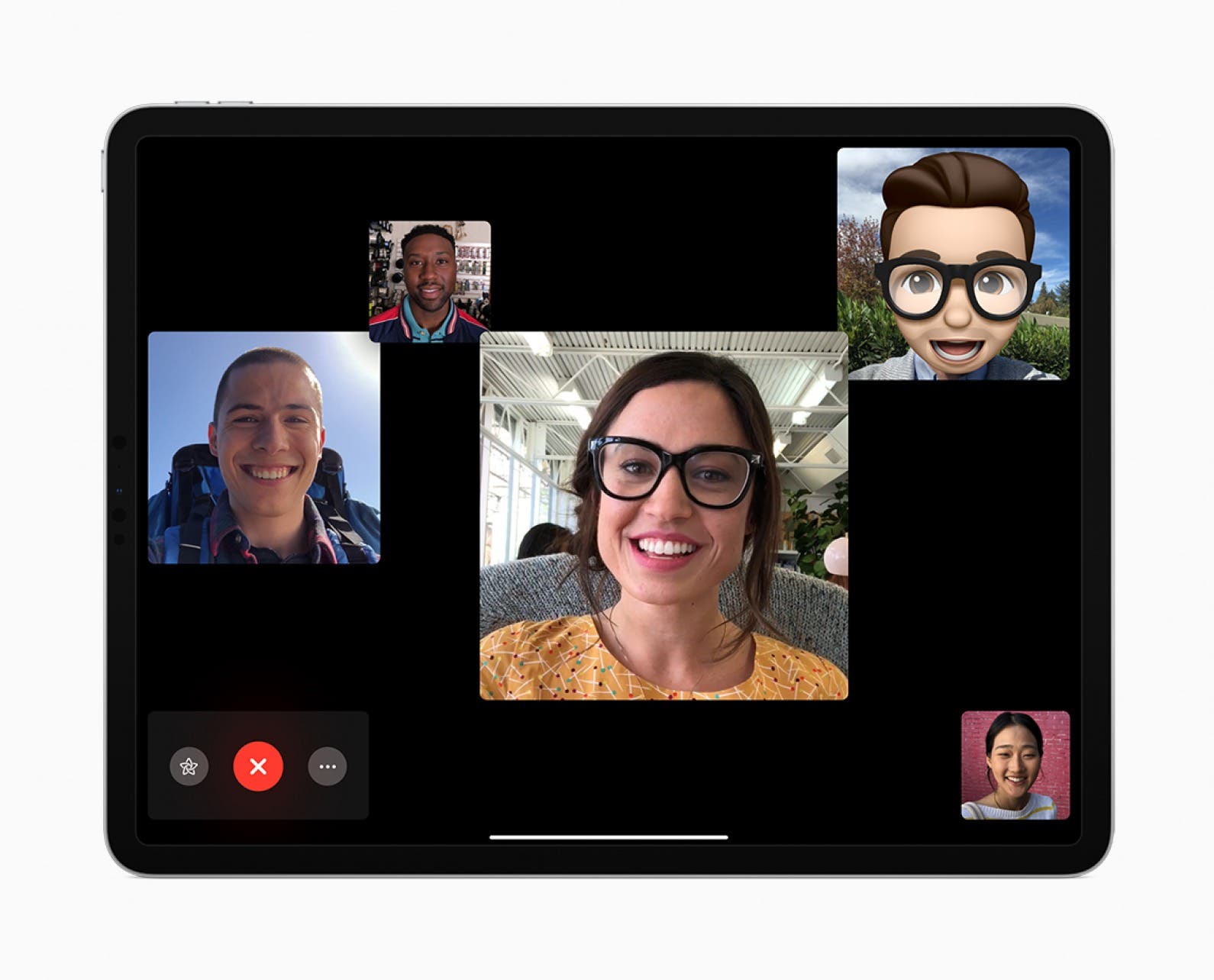
No iPad mini
Perhaps the most surprising upgrade that wasn't announced today was the iPad Mini. While Apple will continue to sell the Mini, this apparently orphaned product is an anomaly among these new iPad Pros. Apple must still be successfully selling this form factor, otherwise it would have quietly pulled it from the Apple Store with the introduction of the new iPad Pros. Given how today's announcement refreshed the Mac Mini (whose last refresh was nearly as old as the iPad Mini's), it was a glaring omission that spoke volumes on the future of the iPad Mini product line. As I mentioned in my iPhone XS Max review for iPhone Life's print magazine, with a phone as large as Apple's flagship, who needs an iPad mini anymore?
Overall, today's announcements continued to fortify Apple's leadership in the mobile device market. With Google having abandoned its Android tablet aspirations and Microsoft focusing on the laptop-centric aspects of its Surface line, Apple is the strongest player (having sold over 400 million iPads worldwide) that continues to improve the tablet computing experience. The enhancements found in Apple's new iPad Pro not only provide a compelling reason to upgrade from an older iPad but also leaves competing products so far behind that they no longer can no longer be seriously considered as a worthy alternative.

Mike Riley
Mike Riley is a frequent contributor to several technical publications and specializes in emerging technologies and new development trends. Mike was previously employed by RR Donnelley as the company’s Chief Scientist, responsible for determining innovative technical approaches to improve the company’s internal and external content services. Mike also co-hosted Computer Connection, a technology enthusiast show broadcast on Tribune Media's CLTV.
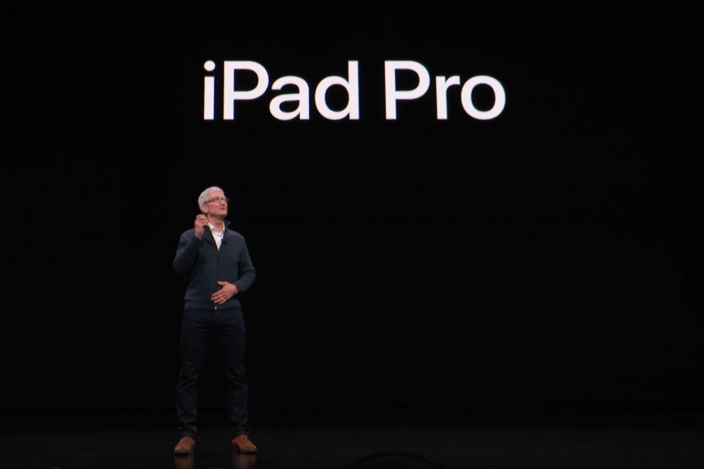

 Olena Kagui
Olena Kagui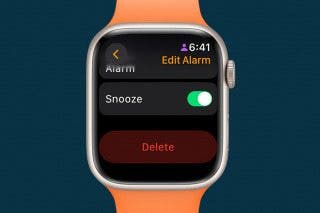
 Rachel Needell
Rachel Needell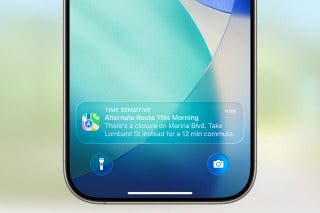
 Rhett Intriago
Rhett Intriago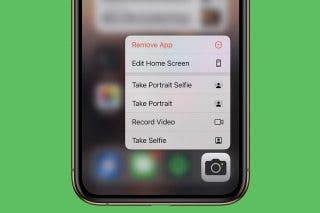

 Amy Spitzfaden Both
Amy Spitzfaden Both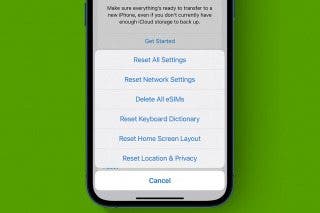
 Leanne Hays
Leanne Hays
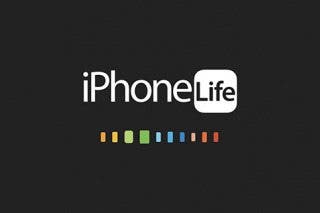
 Susan Misuraca
Susan Misuraca
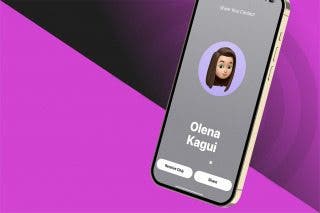
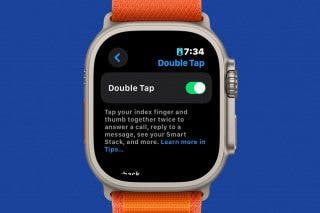
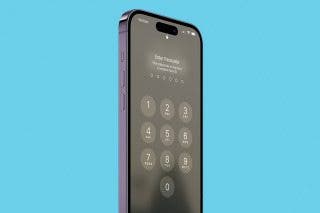
 Cullen Thomas
Cullen Thomas

